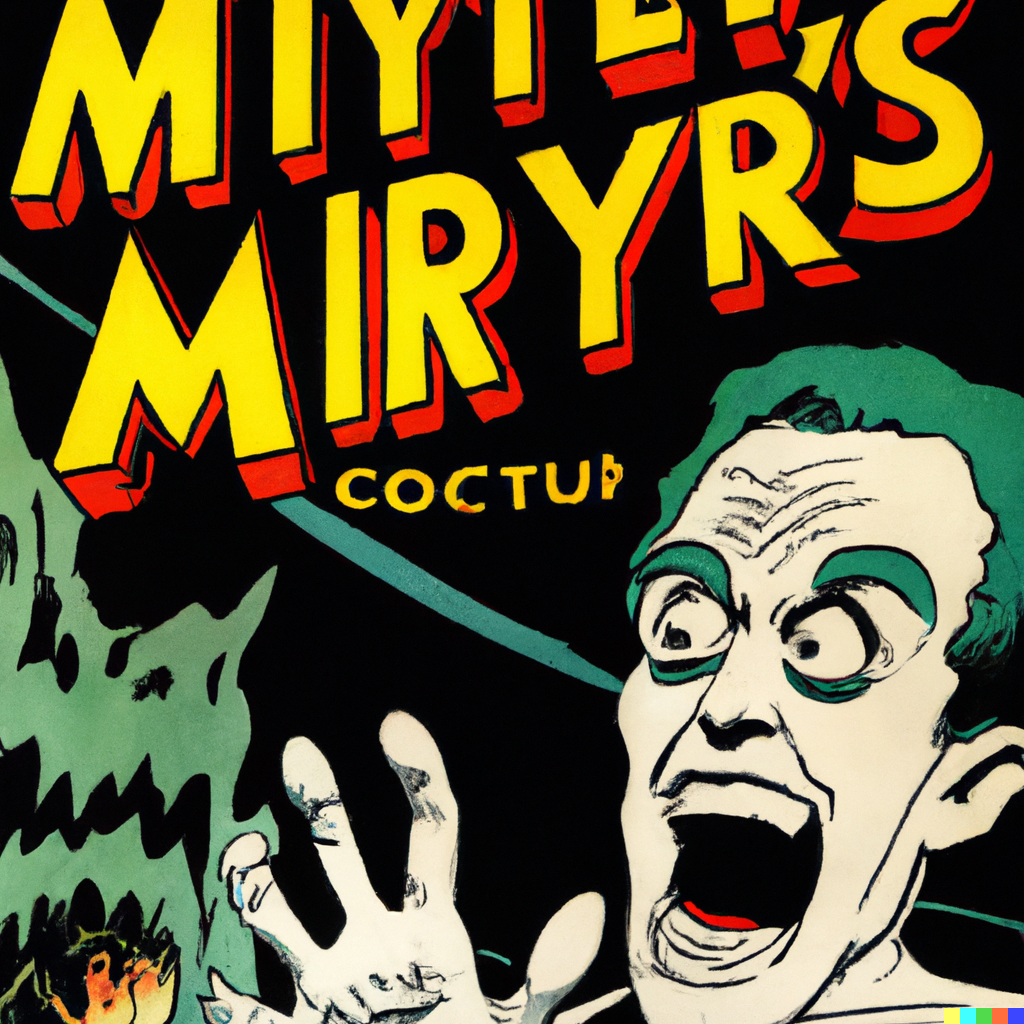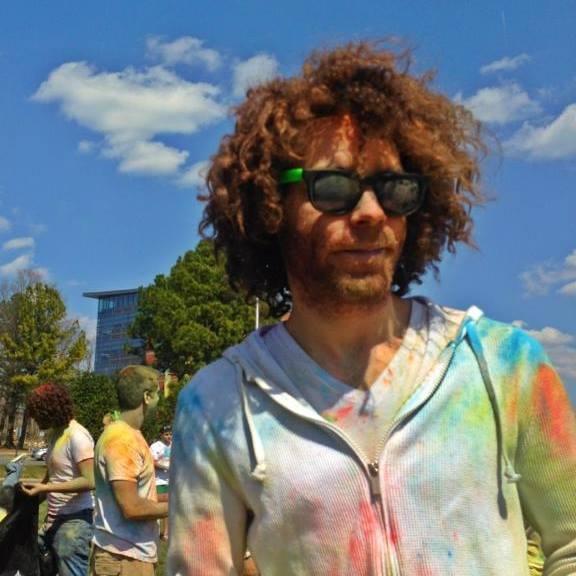Question to help me increase my understanding on what’s going on in the Linux desktop stack. I’ve heard Gnome doesn’t support VRR while KDE does.
Why does this matter, isn’t Wayland or X11 the one that would ultimately need to support VRR? Basically when running a game that I want to use VRR with, why does it matter what my desktop environment is doing?
Yes, it does matter, it’s a feature of your monitor that you just cannot use on gnome. Wayland DOES support VRR, it’s had a protocol for it for a while now. GNOME doesn’t support it yet. VRR works perfectly fine on KDE Plasma Wayland and Hyprland (standalone wayland compositor).
So can you just swap compositors for Gnome or is Gnome reliant on their own compositor (Mutter)?
Gnome is tightly integrated with mutter and doesn’t support other compositors. Same is true for KDE with KWin.
Not necessarily true, you can switch say Kwin for Mutter or something else for example. People have successfully done it in the past.
It’s just not at all straight forward, nor supported, nor recommend, likely very unstable especially under Wayland, amongst losing out on features that rely on integration between the DE & compositor.
It’s possible to do, but; why even bother? it’s not really worth it.
No, I just use the KDE Plasma sesktop
Wayland and X11 are protocols, they are essentially just documentation. You need an implementation to be able to actually run programs on it, called a compositor. People tend to think of X11 as a single software because historically Xorg became dominant as the main implementation of the specification, so most of us have only ever used Xorg (but Xorg is not the only implementation of X11, there are many others). Wayland, as a newer protocol, hasn’t undergone such consolidation yet, there are many competing compositors implementing the protocol in their own way. GNOME has one such compositor, and KDE has their own, and there are many others. So it’s not about “Desktop Environments” all running over the same compositor, as it was on Linux in the Xorg days. Instead, the Wayland features you get are the ones your choice of compositor has already implemented, and can vary between different compositors.
So it’s less the Gnome doesn’t support VRR and more that “the wayland compatible desktop compositor that the Gnome project prefers doesn’t support VRR”?
Which is basically the same thing. Gnome uses Mutter, which is a part of the Gnome project as a whole.
Wayland changes things a fair bit compared to Xorg. There’s no standard Wayland server, each DE implements their own to suit their needs. Some libraries have emerged to help with that, it’s relatively easy to get going with wlroots which Sway/Hyprland/Gamescope uses. But Gnome makes their own and so does KDE so it can integrate more deeply with the DE.
There’s non-desktop compositors too, like for VR for example where you can manage your windows in 3D space all around you. That’s where Wayland shines, that gets super complicated to do in Xorg but a breeze with Wayland.
Someone smarter than me can probably explain this way better…
As far as Wayland goes, If I remember correctly, it’s mainly just a protocol, and Gnome/KDE do all the actual work of making stuff happen, so both need to support it to have it work correctly. Like if Wayland was a language like French, Gnome and KDE need to know the French words for something before they can have conversations about it, and Gnome hasn’t been as studious with it’s dictionary in regards to VRR. X11 just has an ancient code-base, and adding support for anything involves a lot of effort to make sure something else isn’t broken by the addition.
Gnome hasn’t officially merged support for VRR yet, but there is a merge request to add support, and a patched version built on that code available if you want to try it (mutter-vrr, gnome-control-center-vrr) at least on Arch Linux’s AUR.
Gnome hasn’t officially merged support for VRR yet, but there is a merge request to add support
Open since three years: https://gitlab.gnome.org/GNOME/mutter/-/merge_requests/1154
And in all that time, more talking than coding.
You sound plenty smart to me, thanks for educating me
The stupid thing is mutter-vrr works far better than Plasma’s implementation in my experience. Plasma locks refresh rate to max if your cursor is moving, causing games that use the cursor to stutter badly while the mutter implementation refreshes the cursor at the game’s rate as expected.
Oh that is crazy, will have to try out KDE VRR out on my machine and see if I get the same behavior.
Wayland is documentation on how to do things. Mutter is GNOME’s implementation. You can’t swap out Mutter for anything else.
I dislike KDE, but I switched to it because of VRR. I miss GNOME.
Yeah I don’t want to insult the KDE folks but I miss Gnome as well.
It is embarrassing as hell that the Gnome folks haven’t merged that commit after this many years. They also don’t have any concrete steps laid out to the contributors to get it merged. It feels like they just don’t give a shit about section of their community and it’s pretty disrespectful to the original contributor to give them no path forward. End rant.
Gnome and KDE have their own Wayland compositors. Wayland is a protocol not a program itself.
Ah that makes a lot more sense. Thanks!
This is a kinda off-topic recommendation, but might I suggest you try out KDE Plasma 6 in a KDE Neon live environment and test out the improved VRR and such; reporting any bugs you may find.
It’d be very helpful to making sure KDE Plasma 6 is as stable as possible on launch for everyone.
Not a lot of testers have a VRR monitor to test, and various hardware configuration can yield weird bugs not fond on other systems.
Thanks.Never noticed while gaming for months in high refresh rate screen. I don’t think it’s worth switching to KDE. I’m currently on KDE because I was convinced by others this VRR issue was a problem but honestly there is so many things wrong with KDE I wish I did not switch
Can you elaborate on the issues you have with KDE?
Perhaps you should test Plasma 6 in a KDE Neon live environment, and report any bugs you may find, especially one’s particular to your hardware configuration, that way your particular issues would get patched.
You can also help by making suggestions for general improvements too.No idea where to report this but this is the list I keep. Some already have reports I could find as far back as 2012.
-
default screenshot tool does not copy to clipboard (as soon as app closes(which is immediately after the screenshot is taken) the clipboard data is lost)
- fix is to keep the app open until after pasting which adds just so much overhead for no reason
-
display scaling does not work (125% causes all fonts to be fuzzy)
-
alt tabbing does not work as expected (shift-tab should go back in the alt-tab menu but it does not (apparently only with SOME keyboars??? since 2012: https://bugs.kde.org/show_bug.cgi?id=294249))
-
while alt tabbing: every other screen disappears which makes me motion sick
-
while alt tabbing: clicking the screen you want to go to cancels the alt-tab and you land back to where you started ??? This one makes me unreasonably angry every time it happens.
-
almost every theme breaks krunner (background somehow shifts when hiding??)
-
default settings app is junkware
- side bar behaviour is terrible unless you have it wide enough for it to go double sidebar (eg: when on home in sidebar: search > click on group > click on back > click remove search > puts you in the group again???)
- crashes when changing mundane settings
- every single screen looks different, no consistency across the app
- it is using some custom text selection logic or SOMETHING because double click text selection in text fields does not select per word
- mouse up outside popup while selecting text closes the popup?? (mouse up next to a button that you mouse downed on correctly cancels the mouse click without closing the popup)
-
many apps show the wayland icon in task bar (every bugreport to kde is just replied with “yeah that’s the apps fault” but it works in gnome)
Resources :
KDE Landing Page, Bugs & Improvement Idea Guidelines, Contact Help, KDE Forum, Debugging How To If Needed and Run the Below Command for Useful Information :
qdbus org.kde.KWin /KWin supportInformationUse KDE Neon Unstable (Plasma 6) in a Live Environment.
Suggested Actions & Explanations :
- The screenshot issue maybe fixed, have you tested it recently? I assume you mean Spectacle with Klipper. If it’s still happening, it’s likely something simple like the screenshot is being wiped out in Klipper storage when the Spectacle window is closed instead of sticky around.
Perhaps a miss-configuring of the distro you’re using or a bug in Spectacle or Klipper itself.
I’d recommend testing it with the latest version of Spectacle on Plasma 6(for latest Klipper) and checking what’s happening in~/.local/share/klipper/history*.lst
Then open a bug report on your findings if it’s still happening.
- Scaling causing fuzzy font is a known issue related to DPI, it’s supposed to be getting fixed in Plasma 6.
- This alt tab (Activities) bug was closed with “Needs Info”, you should probably open another one and provide the missing info using the old bug as reference.
- Perhaps they could add/obey an animation, like slide-behind or genie. Might be worth opening a bug ‘suggestion’ report.
- That’s a bug for sure, test in Plasma 6 and open a bug report if it’s still there.
- I’ve personally never had any issues with theming Krunner, perhaps worth testing in Plasma 6 and opening a bug report.
- Default settings app is getting a rework in Plasma 6, try it out make suggestions on how to improve it.
- That’s the app not obeying the .desktop rules, it’s a design decision taken as to prevent a particular vulnerability where a malicious app could switch icon extremely rapidly causing all sorts of issues and allowing for potential arbitrary code execution.
Gnome just said “fuck it, we don’t care; won’t fix” and left the vulnerability as is.
- The screenshot issue maybe fixed, have you tested it recently? I assume you mean Spectacle with Klipper. If it’s still happening, it’s likely something simple like the screenshot is being wiped out in Klipper storage when the Spectacle window is closed instead of sticky around.
-









